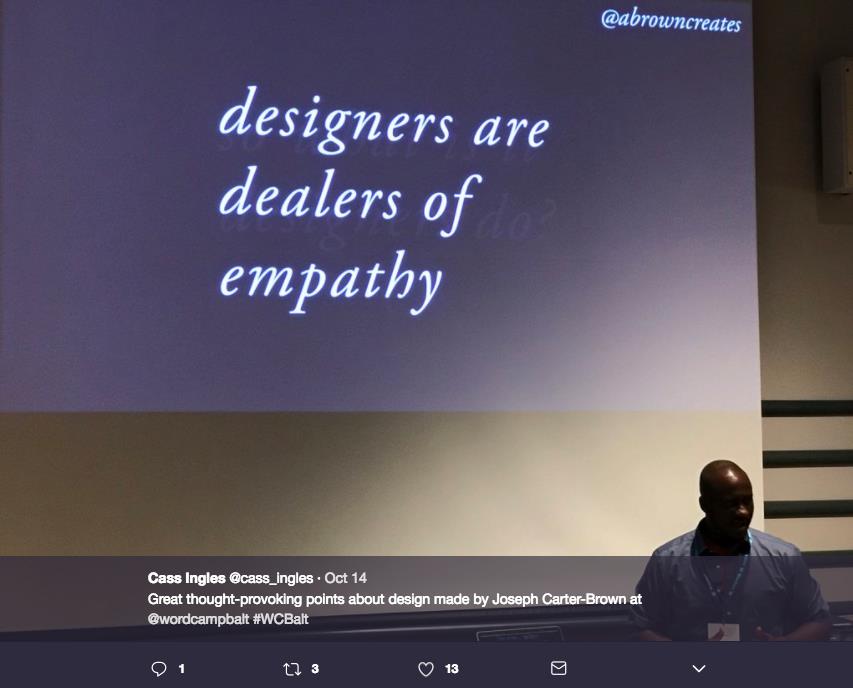
Design is a broad specification with many disciplines, and naturally, with such an expansive set of tools, practices and thought processes, it can feel seemingly impossible to define. As a result, some have sought to create tightly controlled representations of what “design actually is”. However, this line of thinking is … quite frankly, BS, and can be to our detriment in the ever evolving design landscape; leaving design out of some rather important and influential conversations, when it could (should) have a bigger role in general. Why? Because design plays a role in pretty much everything we do.

